RABTEN TENZIN
How would you introduce yourself?
I am Rabten. I graduated from Sint Lucas Antwerp two years ago, and since then, I've been independently creating art through open calls and drawing competitions. My primary mediums include drawing, painting, and more recently, sculpture and in situ works. Impermanence and fragility is a recurring theme that constantly finds its way into my creations.
Relating to the theme RELEASE:
In the context of 'release,' it deeply resonates with my artistic journey. I approach my art through the lens of impermanence or ephemerality, inspired by my Buddhist philosophy. Growing up, I encountered intense comparison and competition in my daily life, which often led to stress, even in subtle ways. My 'release' project aims to challenge this pervasive concept of comparison, questioning why we continually compare ourselves and often find ourselves dissatisfied with what we have. To visualize this, I've crafted a delicate cubic form from cement powder, bearing the poignant question, 'Why do I think that the grass is greener on the other side?' This work symbolizes the challenges of altering our ingrained thought patterns, much like the fragility inherent in my art.
Explanation of material Use:
My choice of natural powders and sands in my work stems from extensive experimentation during my time studying arts. My artistic practice is highly intuitive and experimental, and I'm drawn to materials that embody impermanence. Ashes and powders, due to their susceptibility to change and vulnerability to the elements, are not common in the art world, and this uniqueness attracts me. Everyday objects like fruit peels and street finds, often overlooked in the context of art, also inspire me. I'm fascinated by their transformative potential over time.
Influence of origin:
I was born in India and lived there as a Tibetan refugee. My upbringing within a Tibetan Buddhist community has significantly shaped my work. India provided us with a haven to preserve our culture, and this background has naturally seeped into my artistic expressions. Moving to Europe further heightened my awareness of my cultural identity, leading me to appreciate and subtly incorporate my heritage into my work.
Artistic Routine:
My daily artistic routine is rather meditative. I embark on a calming walk from the central station to my studio, where I listen to music or absorb my surroundings. I try to maintain a disciplined but simple lifestyle, drawing inspiration from my environment. Sometimes, I'm captivated by seemingly ordinary details, like a crack in a wall, which unexpectedly creates new work. My aspiration is to lead a peaceful and unpretentious life that transcends materialism, and I believe this ethos can be conveyed not only through my art but also through my way of life.
Influence on Society:
My artistic influence on society aligns with filmmaker Andrei Tarkovsky's belief in the spirituality of hard work as a catalyst for change. Rather than aiming to directly impact society, I focus on nurturing a specific way of living and seeing life through my art. It's about fostering a spiritual perspective centered around change and growth. If I can authentically embody this philosophy in my work, it may contribute to society in a more profound and spiritual manner.
My motivation to create is rooted in the creative process itself. It serves as a mirror for self-reflection and honesty. I perceive a strong interplay between spirituality and creativity. Observation is a significant catalyst for my artistic process, and serendipitous accidents or unexpected developments during my work often inspire new creations or lead my work in unforeseen directions. My creativity thrives on the diversity of life experiences and observations that surround me.
Use of Color:
Initially, my practice was influenced by a profusion of color, reminiscent of Tibetan art and culture, known for its vibrant hues. However, my work has evolved to incorporate subtle colors and a more judicious use of space. I've come to appreciate that every canvas doesn't need to be entirely filled with color. The more I work with color, the more I find myself drawn to its nuances and intricacies.

